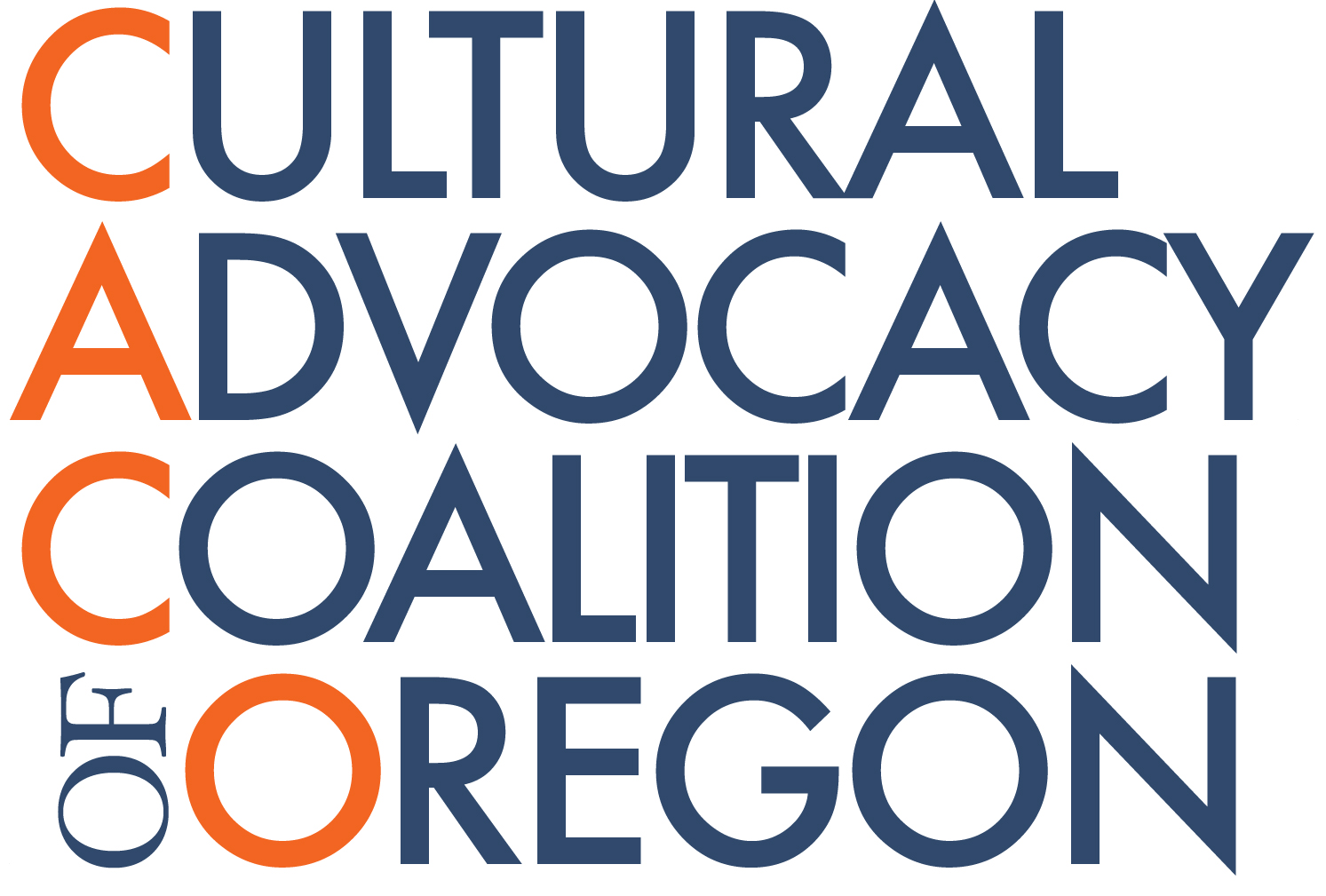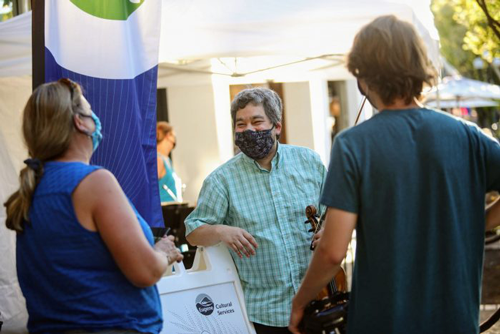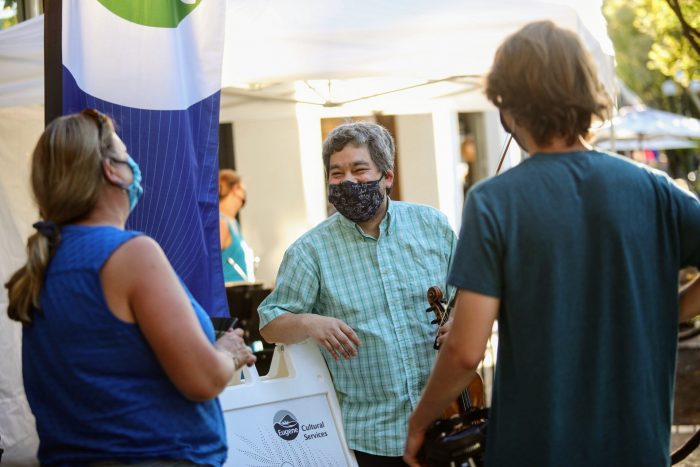
Coalition board members met with the Governor’s office to ask for better consistency on how venues and other organizations may operate under COVID guidelines.
On January 15th, Cultural Advocacy Coalition board members met with Leah Horner, Jobs and Economy Advisor to Gov. Brown, about safely operating venues, museums, stages, and other programs in the state under more consistent COVID guidelines. Three Coalition board members delivered requests to Horner, including Ginger Savage, Executive Director of the Crossroads Carnegie Art Center in Baker City, Dana Whitelaw, Executive Director of the High Desert Museum in Bend, and Scott Freck, Executive Director of the Eugene Symphony Association.
The board spoke on behalf of organizations representing the cultural spectrum from youth programs to museums to performing arts centers. They emphasized the ability to safely offer programming that is inline with already established COVID guidelines, which similar types of businesses in the state are following, but have not yet been opened for various cultural institutions.
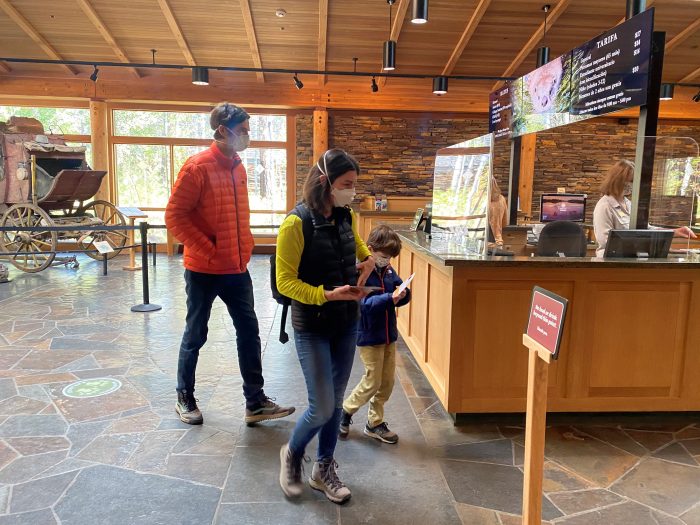
“Like so many parts of the arts and culture sector, museums, and other indoor educational institutions have struggled during the pandemic. Oregon has long prioritized arts and culture and equated it with other significant economic and quality of life aspects of the state,” said Dana Whitelaw, Executive Director of the High Desert Museum. “Our work has the power to remind us all of our humanity—that sense of wonder and imagination; bringing connection across place and history and bridging communities.”
Each of the three board members detailed how their own organizations have made steps and pivoted programming to survive, while staying safe, keeping staff on, and safely opening doors. Horner heard the Coalition’s statements and asked questions on how organizations can continue to operate while maintaining safety protocols that vary by the type of organization.
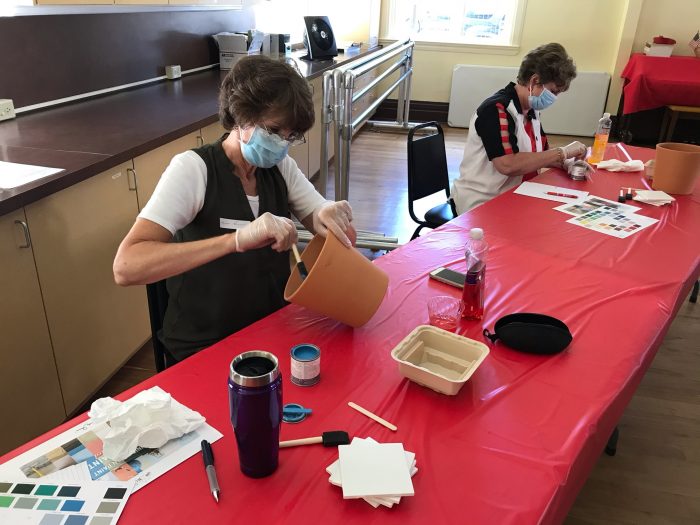
“We are asking for consistency in the guidelines so that our programming can operate safely within the youth programming guidelines by expanding the age to five (the mandatory age for face covering in Oregon),” said Ginger Savage, Executive Director of the Crossroads Carnegie Art Center. “This simple change of the age on the current youth programming guidelines will allow numerous programs that support a child’s over all well-being and can safely be operated in the current county metric and the youth programming guidelines.”
“While there are variations based on each individual artistic discipline—a ballet company has different production requirements compared to an orchestra, for example—all of these organizations have been researching and updating safety protocols that can and will meet the minimum threshold established by OSHA, and often exceed them,” said Scott Freck, Executive Director of the Eugene Symphony Association. “These protocols can be reinforced with stringent facility management practices. We have all connected with colleagues across the country and learned from their best practices.”
Horner said the Coalition’s meeting with the Governor’s office was timely and she would take our remarks under advisement.
UPDATE:
While the Coalition has been working with the governor’s office to craft consistent safety guidelines more appropriate to indoor cultural education venues, including an occupancy limit determined by square footage rather than an across-the-board head count. The New York Times covered how museums and other cultural institutions are operating across the country and included Oregon challenges. Read the article.
